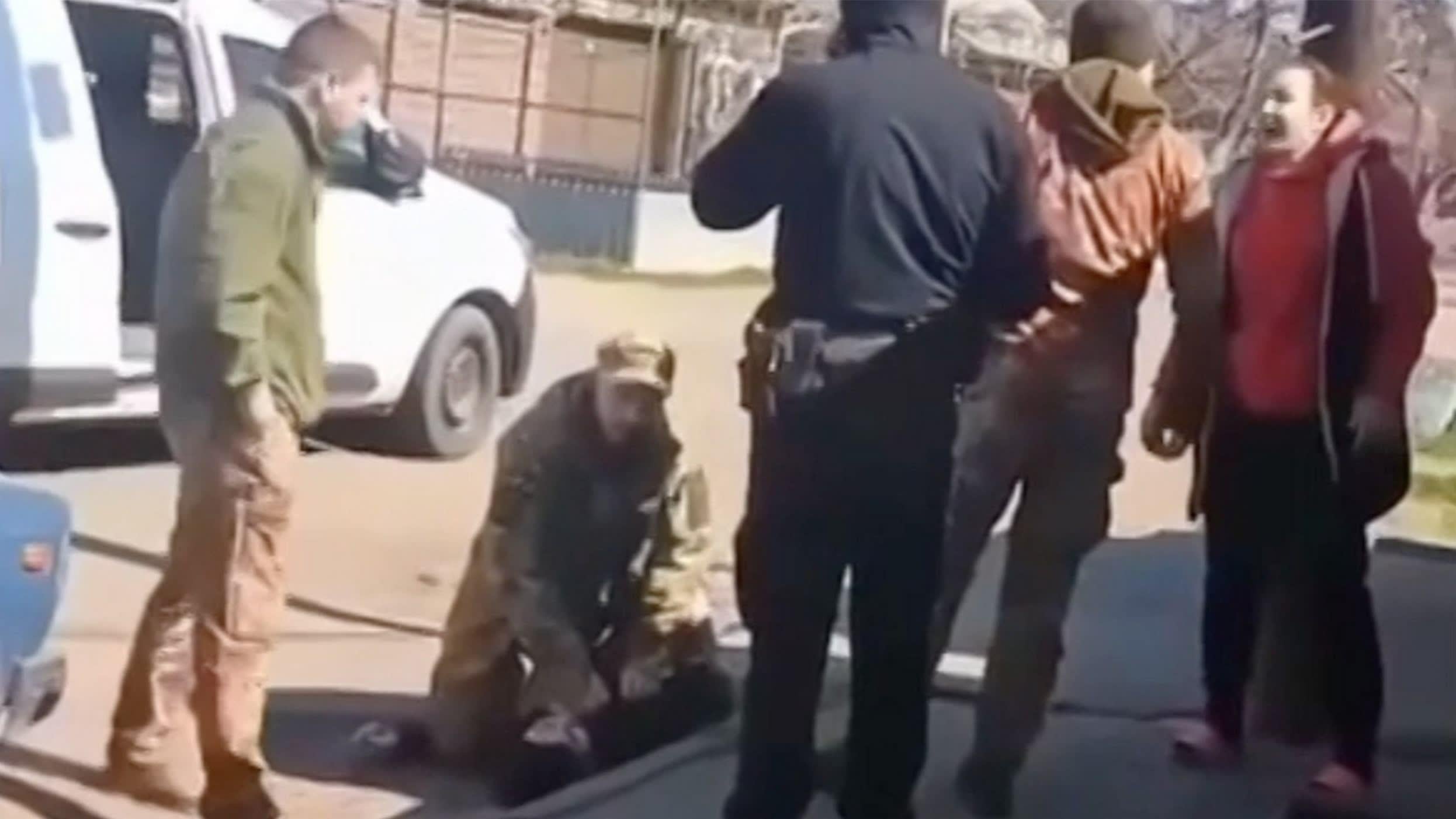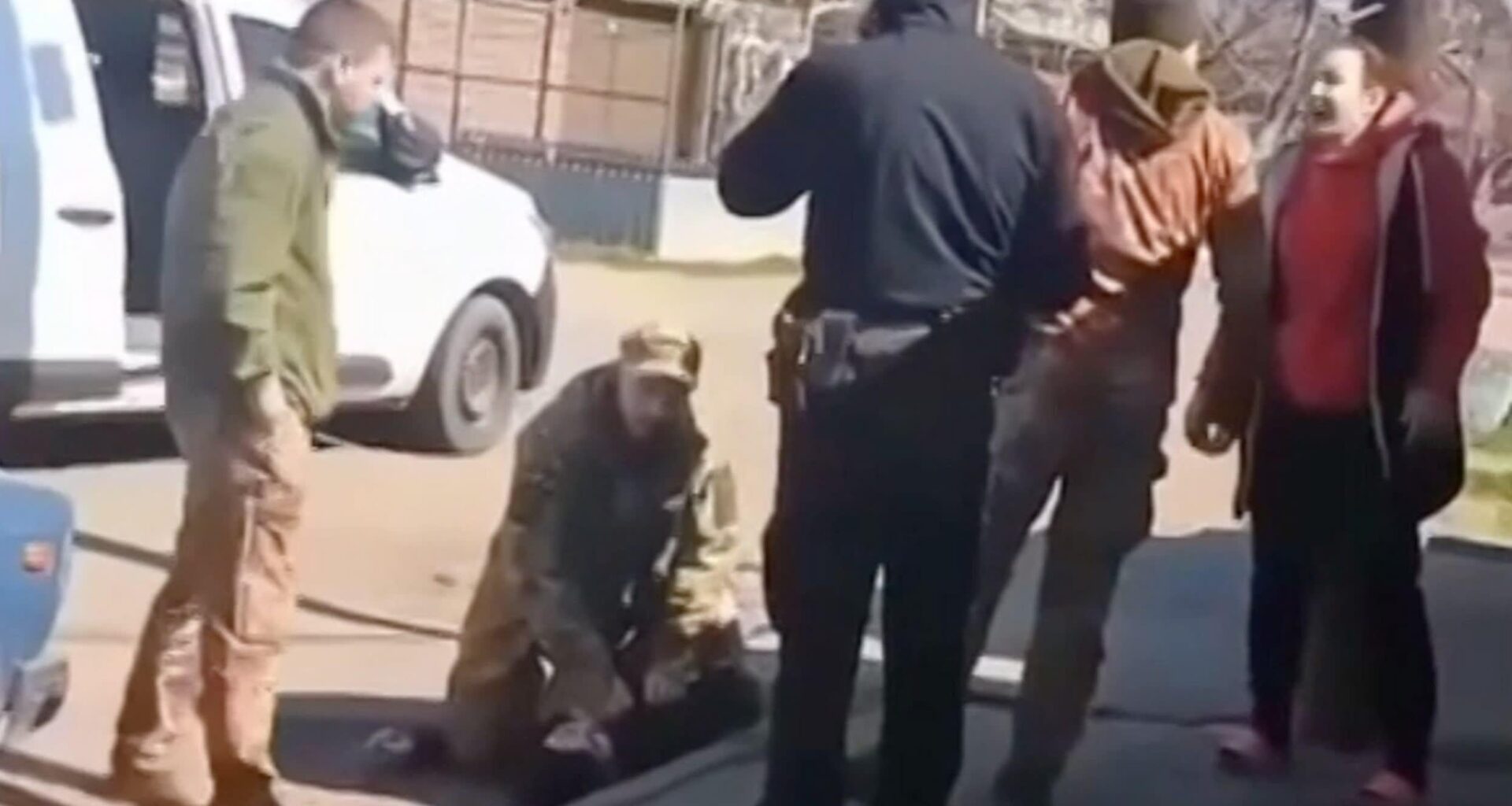
Ukrainian officials have pledged to improve conscription practices after a series of violent incidents, even as the army is warning of manpower shortages undermining the country’s defence against Russia’s war.
President Volodymyr Zelenskyy has defied western calls to bring the conscription age below 25, arguing that he is not willing to sacrifice Ukraine’s next generation. This has left the army with a dwindling pool of recruitable men at a time when Moscow’s forces are pressing ahead along the 1,000km frontline.
Videos shared on social media have shown Ukrainian men being picked off the streets and brutally crammed into vans, while angry locals are lashing out at military recruiters. Authorities on Wednesday said they opened an investigation into the death of a man in the southern city of Mykolayiv who reportedly jumped from a bridge in an attempt to flee from draft officers.
“Mobilisation should not be a shock for people,” Ukraine’s top commander Oleksandr Syrsky told reporters in June, adding that recruitment centres “should not allow those shameful incidents” to occur.
He promised more transparency and to punish officers involved in cases where men were illegally drafted into the army. Recruitment centres have also received a 50-page handbook highlighting civility rules and de-escalation methods in their interactions with citizens.
But more such videos have emerged since, including of a man shoved into an unmarked van in Odesa, forcing the new defence minister, Denys Shmyhal, to field questions from lawmakers last month. He insisted that mobilisation was unfolding “according to plan” and said that putting an end to cases of forceful mobilisation would require “quality management in the army, trust in the commanders and the military leadership”.
At the same time, resistance and even violence against recruitment officers is on the rise.
A tense stand off unfolded on Friday in the central Ukrainian city of Vinnytsia when around 80 people gathered in the late evening near a stadium to demand the release of recently mobilised men who had been brought there. Some of the protesters tried to break into the stadium, according to local police.
Overall in Ukraine, more than 500 probes for obstruction of army activities were opened in the first six months of this year compared to some 200 cases last year in the same period, according to the general prosecutor’s office.
The cases do not always involve violence and include people being accused of setting up chat groups warning locals about draft officers on patrol.
Last month, the military recruitment centre in the central Ukrainian city of Poltava requested the opening of an obstruction probe after a group of locals blocked off a van carrying newly mobilised men to the training centre, and allowed some of them to flee. The same centre also reported a woman being arrested in the city of Kremenchuk after throwing a rock during an altercation between civilians and military recruiters.
Roman Istomin, a Ukrainian recruitment spokesperson in the city of Poltava, acknowledged the uphill struggle his office was facing:
“Mobilisation is a mandatory form of military service, and citizens have an obligation to defend their country. This is probably why there is such a negative attitude towards the drafting offices: because, to put it bluntly, our function is to force a citizen to do his duty.”
Similar incidents have occurred in western Ukraine, with villagers in the region of Ternopil last month surrounding a police car accompanying draft officers on patrol. In May, around 100 people blocked off a recruiters’ vehicle making the rounds in the western city of Kamianets-Podilskyi, shouting abuse at the officers and slashing their tyres.
The operational command that oversees mobilisation in western Ukraine in a rare statement in May acknowledged a growing trend of violence against recruiters, noting at least 12 clashes had occurred in the region since the beginning of the year.
“Remember that the enemy is on the other side of the frontline, not wearing a Ukrainian uniform,” it said.
Read the rest of the article here: https://archive.is/jGhma
https://www.ft.com/content/9a8e3c7f-2822-4d5e-a65b-9949ffe6631f
by HawkBravo
